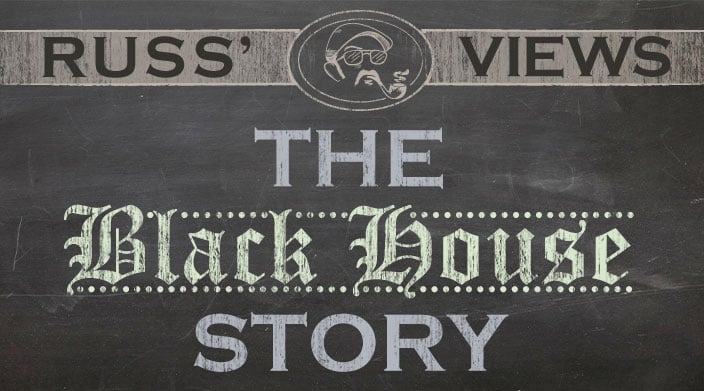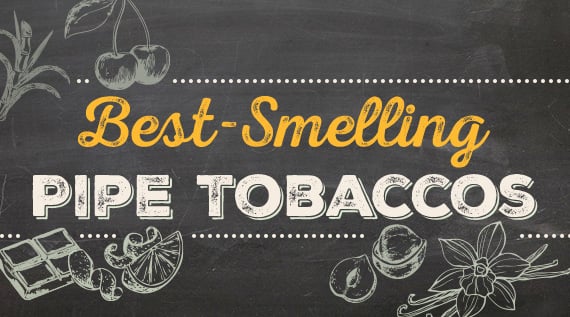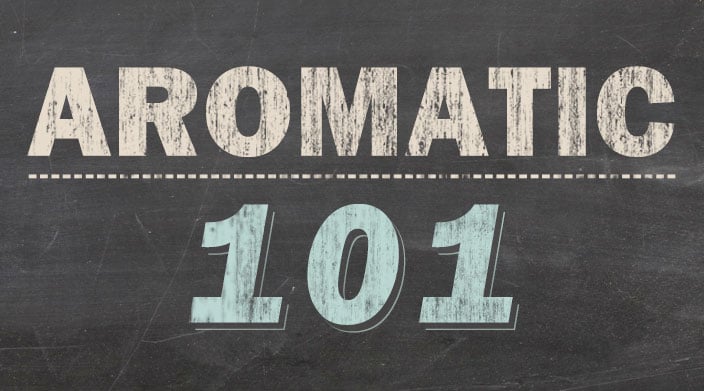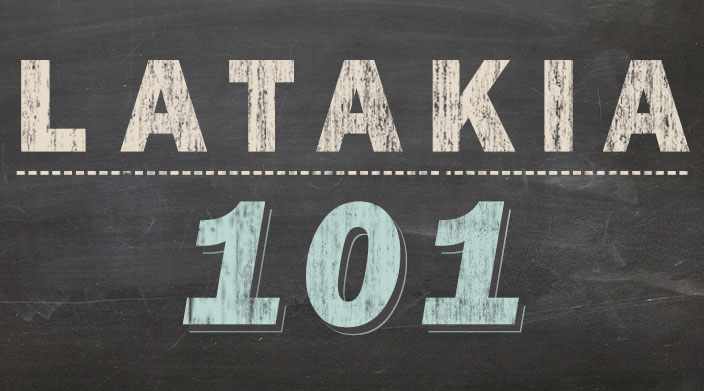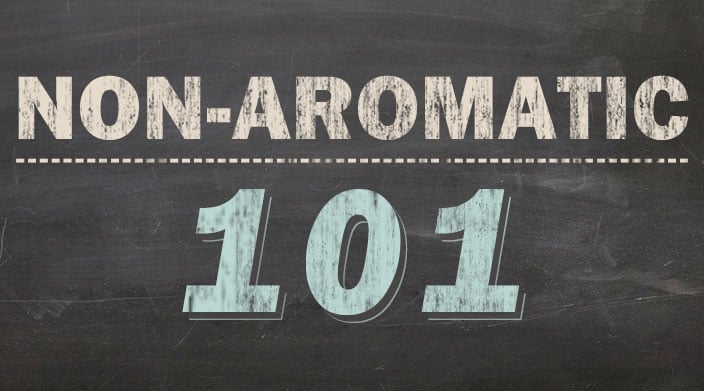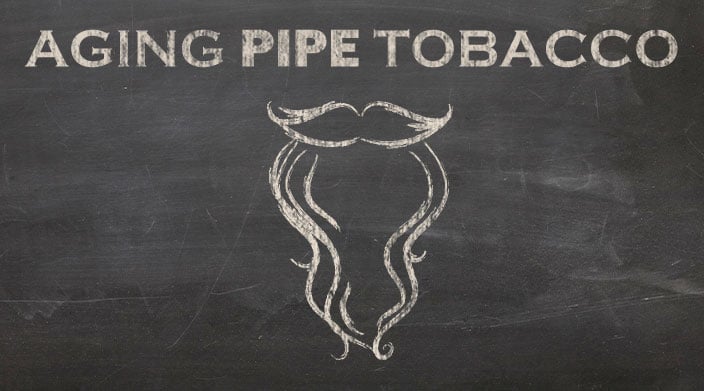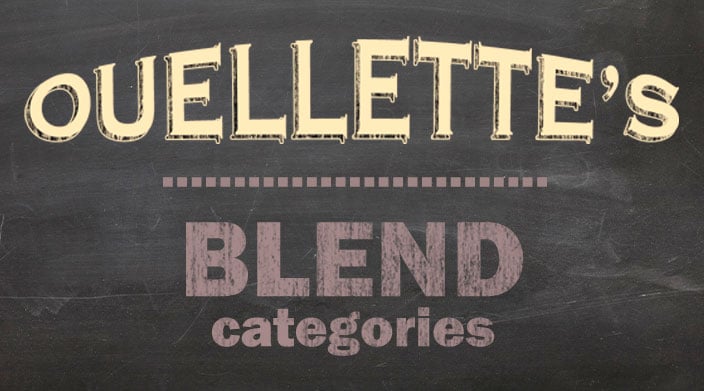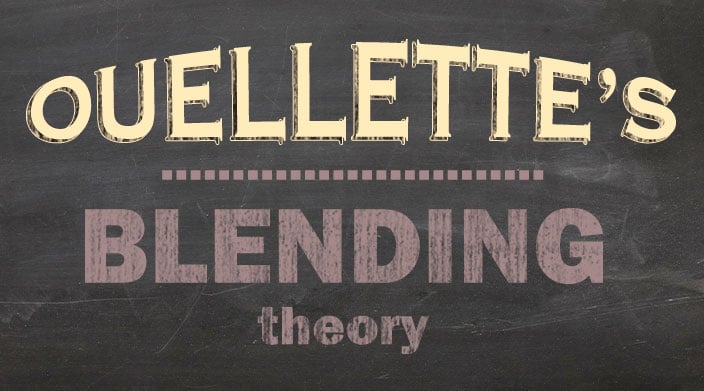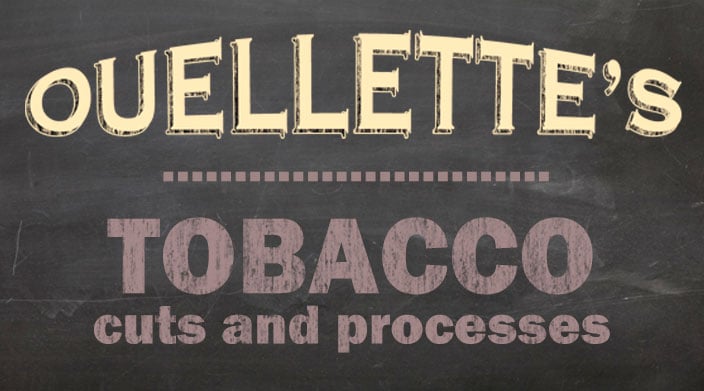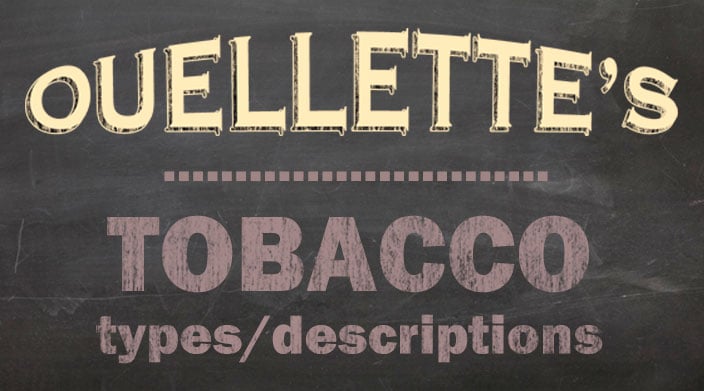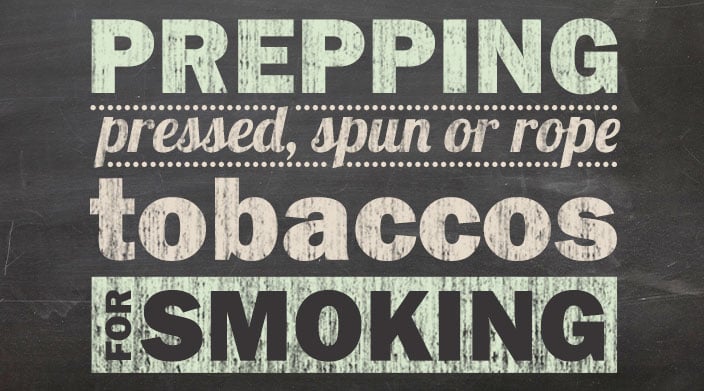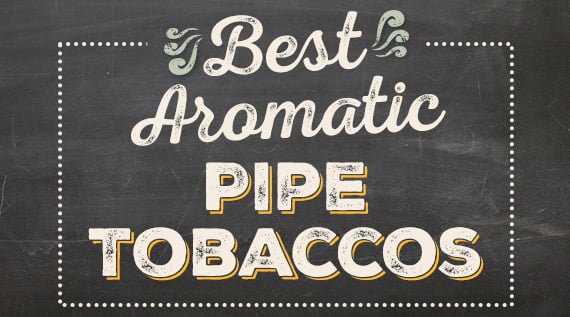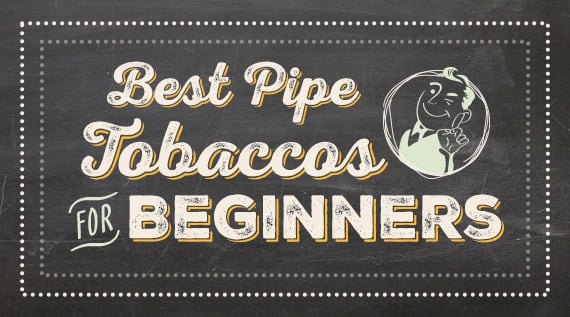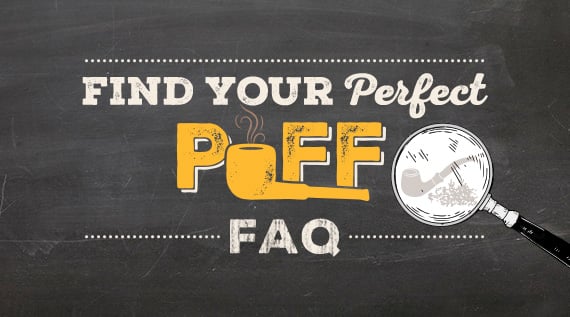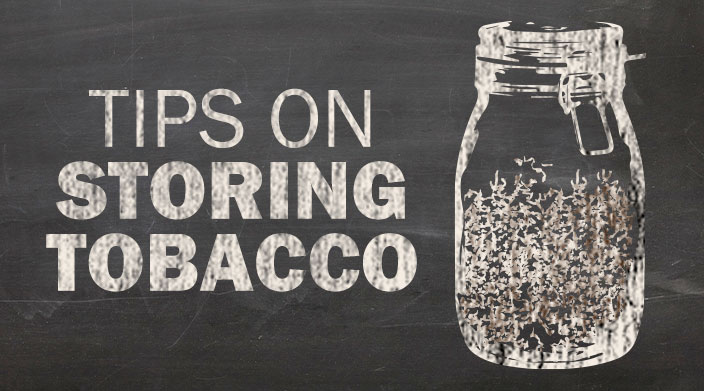Since we were fortunate enough to win the Balkan Sobranie 759 Throwdown at the 2011 Chicagoland Pipe and Tobacciana Show, I’ve had a number of phone calls, emails and conversations about the contest, so this seems like a good place to write about it.
I believe that it was early March of this year (maybe late February) that I was first contacted by Matt Guss of the Seattle Pipe Club with the concept and the invitation for the Throwdown. A number of blenders were contacted with the idea that we would receive a sample of Sobranie 759 from the eighties and our task was to replicate it as closely as possible. I thought it would be a fun exercise to give it a try. Of course, when I found out that I would be facing Mike McNeil of McClelland and Carl McAllister of Altadis, I knew this was going to be a daunting task as I don’t have the resources that they have, and both Mike and Carl have impressive track records.
What made it a bit more difficult was that I had to lose a week during the time we had for development, as I had to be out of town to work on a new project, attend the Raleigh TAPS Pipe Show and to stop by Uptown’s in Nashville, as they are selling Hearth & Home.
Not too long after the announcement, I received a 21 gram packet of 759 from a tin that was jointly purchased by the Seattle and New York Pipe Clubs. Upon inspection, the blend appeared almost completely dark, which meant that the Virginias had darkened, and would leave me few visual clues as to how to proceed.
Since I smoked 759 frequently during the late seventies, I knew something about the blend to begin with, so I wasn’t completely lost. The Latakia content varied depending upon the time the blend was made. In the eighties, the Latakia used was Cyprian, so that meant I was still in the game, as I have no access to good Syrian. There definitely was the Macedonian influence, so some Yenidje and possibly some Basma would be needed. I had some very sweet Virginia that I figured on using to balance some of the heavier flavors. These were my thoughts before trying the sample.
I’m very fortunate to have a pipe that was made for me as a gift from Rolando Negoita. It’s a wooden-shanked pipe with a bowl made of double-fired porcelain. The beauty of this pipe is that a pass of a pipe cleaner and a swipe of a paper towel brings it back to neutral- absolutely no “ghosts” get left in it, so I use it when I need the get the actual flavor of the leaf. I loaded the pipe with some of the sample and noticed some familiar things- the smokiness and the incense-like character, the mellow sweetness under the surface, but there was something I didn’t remember. It was a deep flavor that caught me in the back of my throat, but it wasn’t an unpleasant sensation. I’d have to figure out what that was if I was going to get close.
I made up a trial run, but the proportions were way off. There was too much of the floral/incense note, not enough depth and something was off in the middle- a lack of mature flavor, which would make sense as I was using leaf that was harvested around 3 years ago, and the sample was about 20 years older than that.
I reduced the Yenidje and Basma and replaced some of the yellow Virginia with a red Virginia that was “artificially” matured using steam heat. I added a small amount of unflavored black Cavendish to bring in a bit of brown sugar flavor, and a touch of Perique for depth. I gave it a couple of days to marry and tried it, but, although much closer, there was something missing, and it bothered me. I took a pouch with me on my nine day trip so I could study it.
In the meantime, Mike and Mary McNeil and Carl McAllister were picking the tobaccos apart to get an idea of the composition of the blend. I had thought about trying to do the same thing, but I figured that the discoloration of the leaf over the years would make it less than accurate, so we all were taking somewhat different approaches to the same problem.
I had taken a lot of samples with me to the Raleigh show, and during a short break, I loaded up a bowl of one of my newer blends, Steamroller, and stepped outside. Steamroller was created for people who want a decent amount of Vitamin N, but also want some complexity. As I was puffing, I noticed that same “catch” in my throat that I got from the 759, so my answer was somewhere in that blend. In giving it some thought, I figured that it was either a bit of dark air-cured Burley, or some dark fired Kentucky. Luckily, the gentleman I was working with has some air-cured available, so I added a bit to the blend and it was closer, but not quite right, so I figured that the missing element was dark fired.
When I finally got home, I made a couple of further adjustments in the Virginias and Orientals, and I added a small amount of dark fired Kentucky. When I fired up that sample, I had momentary flashes of when I regularly smoked 759. I then tried some of the baseline sample. They definitely weren’t identical, but I didn’t think that I could do much to make them closer, so I made up enough to send for the judging.
Once the samples were gone, I kind of put the contest out of my mind, as I felt that there wasn’t much of a chance of winning, as my resources are more limited, but I felt good about my effort, and I wasn’t embarrassed at all with the entry I submitted.
During the span from completion of my entry and the Chicago show, I noticed that a number of people were talking about the event in the online forums, and that there was a lot of interest.
When we got to Pheasant Run for the show, I was informed about how things were going to be done for the Throwdown, and I was very impressed with the professional manner in which it was being executed.
When the show wrapped up for Saturday. we were hustled over to the smoking tent for the judging.
I was seated at a table with Mike McNeil and Paul Creasy, who stood in for Carl McAllister, and we were across from the judges- Neill Archer Roan, who has the scholarly blogsite “A Passion for Pipes” (www.apassionforpipes.com); Rick Newcombe, author of one of my favorite pipe-related books, “In Search of Pipe Dreams”; and Joe Harb, who is well-known to serious pipe smokers as on of the reviewers (along with Tad Gage) for Pipes & Tobaccos Magazine in the “Trial by Fire” column.
There were presentations about the history of the blend and its maker and a description of the rules and the judging criteria. We also had the chance to talk about our procedures and our thoughts about the challenge, and the judges spoke, as well.
When we got around to the awards, they announced the People’s Choice award, which was voted on by the attendees, but without being compared to the baseline sample of 759. The People’s Choice was based solely on which blend they preferred, and Mike’s blend (now known as Blue Mountain) won.
After that, they described how the judging process went, and the judges were asked to evaluate the blends based on appearance, aroma, smoking qualities and taste. These were weighted categories as appearance didn’t count for as much as, let’s say, taste.
As they began to announce the scores in each section, I knew that I wouldn’t score well in appearance, as I had some yellow tobacco in my blend, and the baseline blend had no bright leaf at all.
But over the next three sections, I did well, and when the totals were announced, our blend had won. As surprised as I was by winning, I was dumbstruck by a tentful of over 300 pipesters giving us a standing ovation.
When I was given the award, I was asked to say a few words, and I kept it short by showing my appreciation to the clubs for the event, and to thank them for allowing me to be included with such terrific competitors. I wrapped up quickly so I could get to a seminar I was delivering, but the rest of the weekend was largely spent thanking people for their congratulations.
Once I got home, we sent out the first batch of the tobacco (now called “BlackHouse” as a tribute to the black tin that 759 came in and the company “House of Sobranie”) to be tinned. Once it arrived, all 158 tins were gone in less than 40 hours, and the next batch of 155 only took five days. We’ve just received a new batch, and we now have 8 oz tins as well, but this has been far and away our best new product introduction, and I hope that the blend continues to do well following the strong roll-outs of Magnum Opus, Sweet & Savory and the Lakeland Brickles.
It was definitely an amazing experience for me, and I want to thank everyone who has been so kind with your nice comments about the blend and your congratulations on the win.




